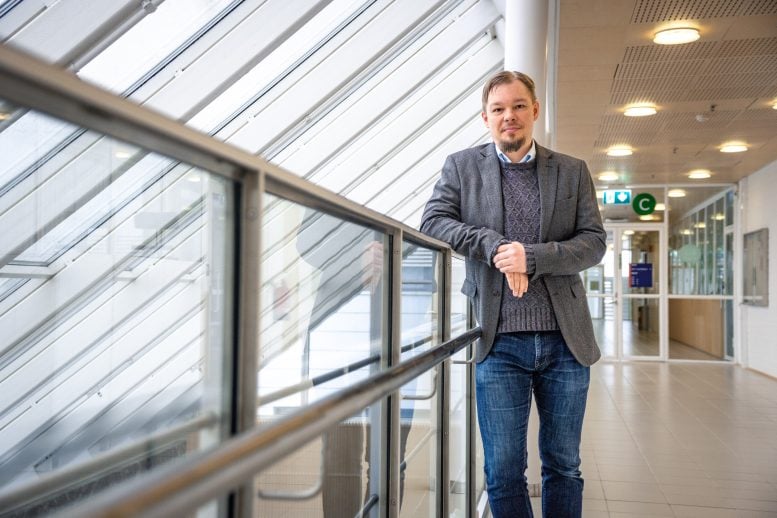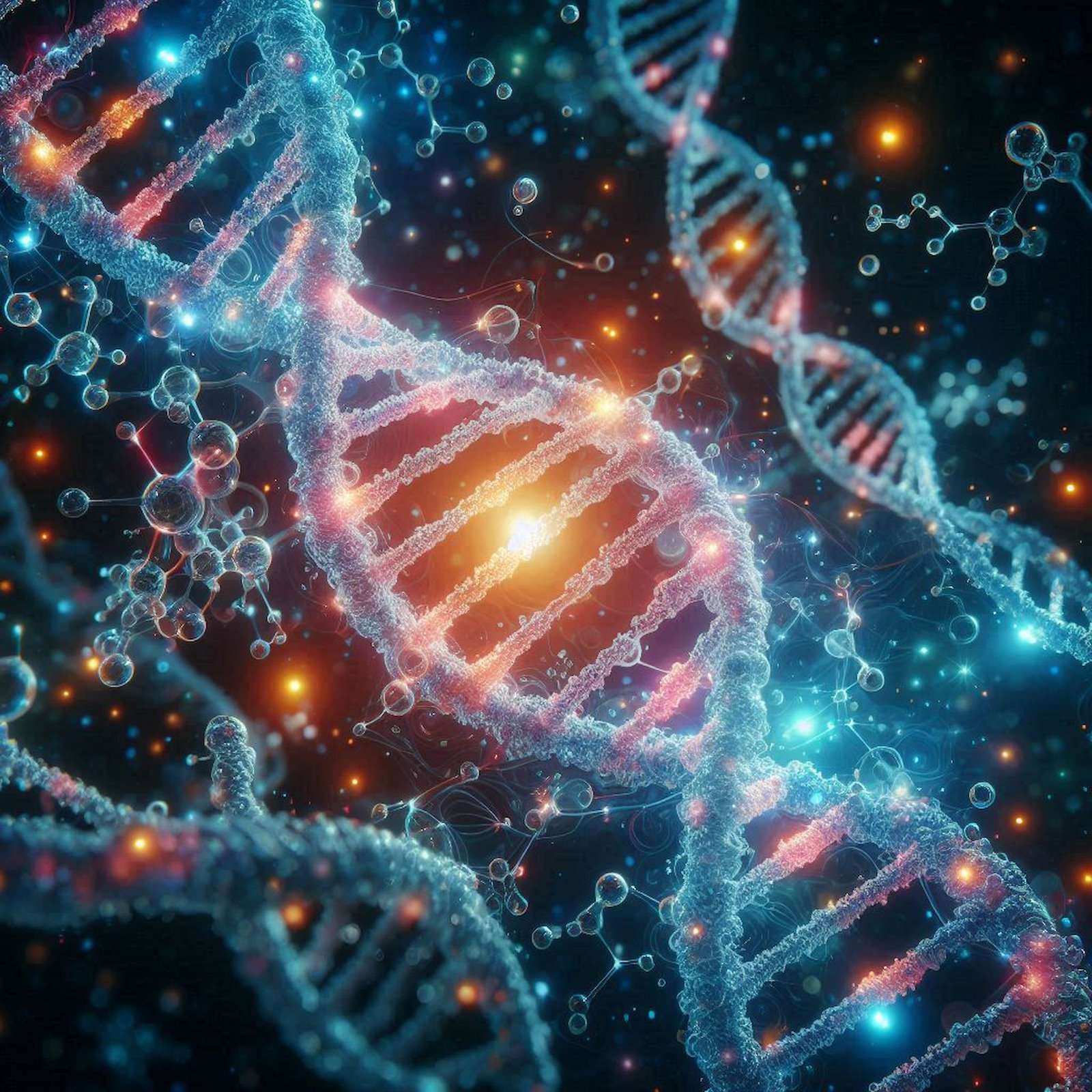Researchers at the University of Jyväskylä have developed a model that allows computers to understand human emotions using principles of mathematical psychology, thus improving the interaction between humans and smart technologies. This model can predict emotions such as happiness, upset, and anxiety, and can improve user interactions by making AI systems more intuitive and responsive. Credit: Issues.fr.com
Finnish researchers have developed technology that allows computers to understand human emotions to improve interactions with artificial intelligence, which could allow machines to modify their behavior to improve user experiences.
Researchers at the University of Jyväskylä in Finland have created a model that allows computers to recognize and understand human emotions by using principles of mathematical psychology. This advance could lead to improved interactions between humans and smart technologies, e.g Artificial intelligence Systems, making them more sensitive and responsive to user emotions.
According to Jussi Jokinen, associate professor of cognitive science, a computer could use this model in the future to predict, for example, when a user will feel bored or anxious. In such situations, the computer can, for example, give the user additional instructions or redirect the interaction.
In their daily interactions with computers, users typically experience feelings such as joy, irritation, and boredom. Despite the increasing prevalence of AI, current technologies often fail to take these user emotions into account.
The model developed at Jyväskylä can currently predict whether a user experiences feelings of happiness, boredom, irritation, anger, despair and anxiety.

Assistant Professor Jussi Jokinen. Source: Timo Rahica / University of Jyväskylä
“Humans naturally interpret and react to other people’s emotions, an ability that machines fundamentally lack,” Jokinen explains. “This inconsistency can make interacting with computers frustrating, especially if the machine remains oblivious to the user’s emotional state.”
The research project led by Jokinen uses mathematical psychology to find solutions to the problem of mismatch between intelligent computing systems and their users.
“Our model can be integrated into AI systems, giving them the ability to understand emotions psychologically and thus interact better with their users,” explains Jokinen.
The research is based on affective theory: the next step is to influence the user's emotions.
The research is based on a theory that posits that emotions are generated when human cognition evaluates events from different perspectives.
“Imagine a computer error occurs during a critical task,” Jokinen explains. This event is evaluated by the user's perception as being counterproductive. An inexperienced user may react with anxiety and fear due to uncertainty about how to solve the error, while an experienced user may feel angry and upset because of wasting time resolving the problem. Our model predicts the user's emotional response by simulating this cognitive evaluation process.
The next phase of this project will explore potential applications of this emotional understanding.
“Using our model, the computer can proactively predict user distress and try to mitigate negative emotions,” Jokinen suggests.
“This proactive approach can be used in various contexts, from office environments to social media platforms, improving the user experience by sensitively managing emotional dynamics.”
The implications of such technology are profound, offering a glimpse into a future where computers are no longer merely tools, but sympathetic partners in user interaction.
The study was funded by the Academy of Finland.

“Certified gamer. Problem solver. Internet enthusiast. Twitter scholar. Infuriatingly humble alcohol geek. Tv guru.”





